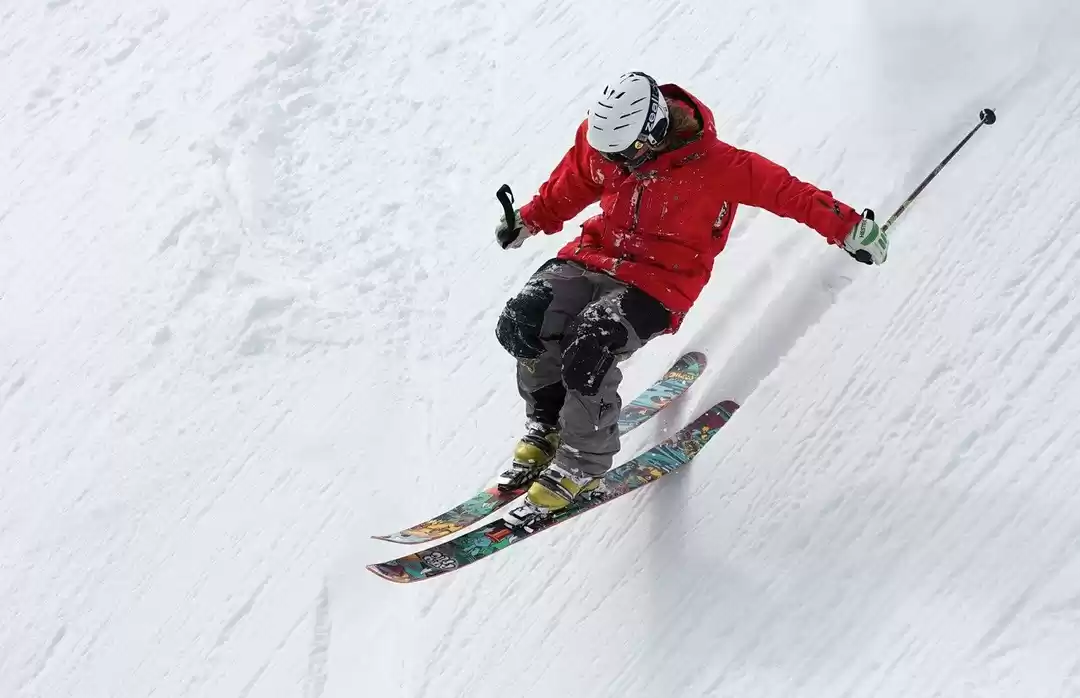
The rush of adrenaline as the wind braces your face and the snow rushes beneath adds to the excitement of skiing. It's exhilarating for your mental health. But is there any practical health benefit of skiing? Experts and sports scientists all around the world assure the ski enthusiasts with a definite "yes"! Skiing intuitively feels healthy and builds up strength in various muscles of your body.
But is skiing for everyone? It all depends on the kind of individual you are and your overall health. It is no good for you when you injure yourself trying to ski due to old age or prior medical conditions. Learn the basics of skiing at Ski Bro Tignes before trying out the Alpine slopes of Switzerland.
What do the experts say?
A number of professors and medical professionals from the fields of sports medicine and cardiology centers are quite vocal about the health benefits of skiing. While tackling winding slopes, especially in case of Alpine skiing you build your endurance while undergoing a tremendous amount of resistance training similar to that of a professional level football player or track and field athlete! There are positive effects on the heart muscles, the circulatory systems and peripheral muscles of the legs, arms, shoulders and core strength. That is like the full cardio package.
To summarize
• Recent research shows downhill skiing equates approximately to cycling and rowing training regimens
• A deep power hopping pushes your heart rate similar to that of a marathon runner
• Some of the benefits of a cross-country skiing drill include cardio and metabolic benefits
• Improved insulin resistance, glucose metabolism and body composite retention can be seen in skiers along with lowering of blood pressure, heart rate and insoluble lipids
• In some cases, positive effects on arterial stiffness were also observed and improved blood cell health
Skiing is interval training
Interval training has been one of the main proponents for the advancement of an athlete's health in competitive sports in recent years. In interval training, the athlete pushes himself hard for a short span of time followed by a long interval before the next rep. This on/off style training is the hallmark of skiing where after a long winding ski session you get a nice break to ride back up the hill. It has several benefits due to the warming up, limbering down and cool down routines with respect to improving your fitness levels.
On the lower muscles
The main muscle group that is activated and improved due to skiing is the peripheral muscles in the legs. The leg muscles are the largest group of muscles in the body and are very difficult to train. Even “gymrats” try to skip leg days. Skiing can get rid of your leg day entirely as you tackle slopes seeking fun along with training your leg muscles.
The highly coordinated movements of carving, skidding, quick turns, jumping and braking are a mix of various eccentric, concentric and isometric work-out routines that train your leg muscles to fire and work in a coordinated manner.
Additionally, you also end up training the muscles around your knees and hip with downward skiing. What do you think about training your entire body with skiing? It will be fun, that’s a promise.





































